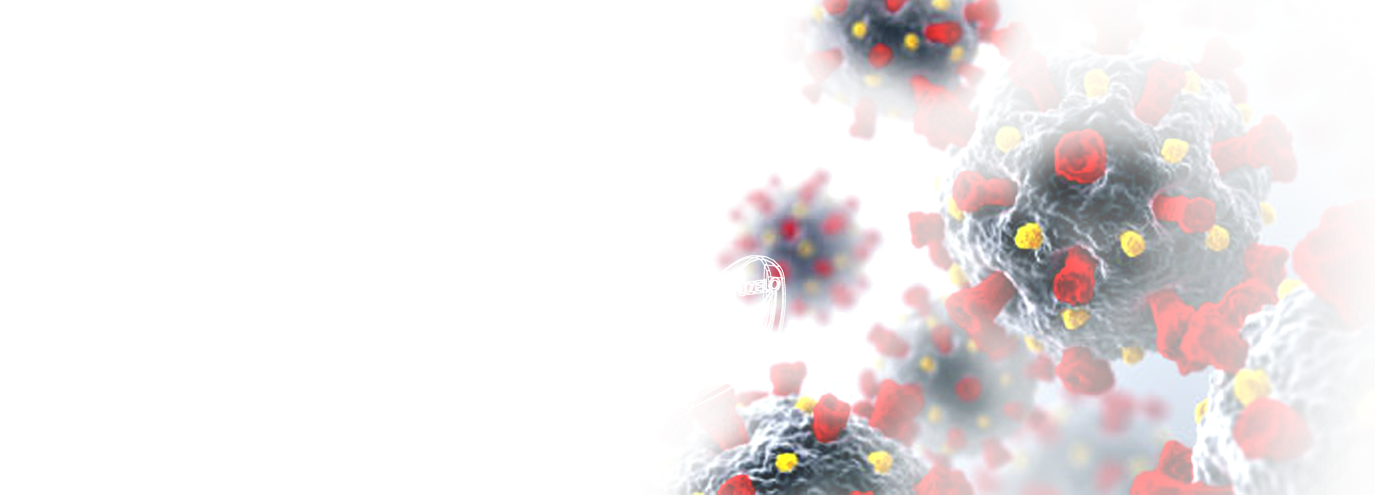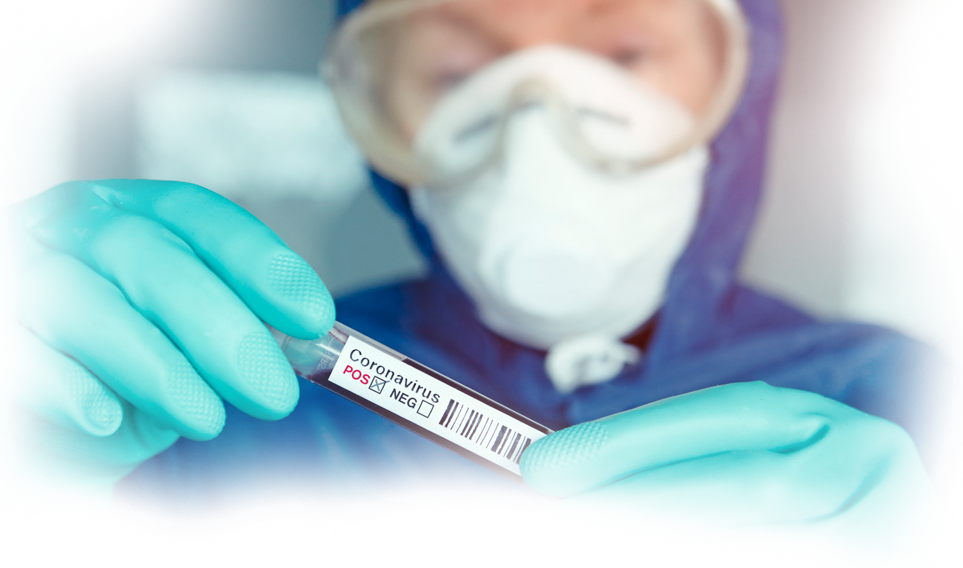We hope for the best, but need to prepare for other possible scenarios. When we reach herd immunity, it will fluctuate or dropout, requiring a mask and social distancing, within a 24-hour civil defense response.

“The best possible outcome is that coronavirus burns itself out, because there are so many people vaccinated it has nowhere to go.”
“But more realistically – because of vaccine hesitancy and other factors – Covid-19 will be with us for much longer, possibly in waves,” stated Chris Murray, a University of Washington disease expert.He said people can help prevent another seasonal surge next winter by wearing masks. By masking up, “you really have a huge effect, because if there is going to be transmission, it's going to be much less than what we've seen because so many people will be vaccinated.”
A variant that is vaccine resistant and a new pandemic that’s 10 times worse.
Double mutant coronavirus variant is found in California, “two worrisome mutations in its genetic composition that have been identified among other variants of concern being tracked by the U.S. Centers for Disease Control and Prevention.” Pfizer’s CEO, Albert Bourla, thinks a vaccine-resistant COVID variant is “likely.”
“The world needs to prepare for pandemics just like war. An upcoming pandemic could be 10 times worse and that humanity is not prepared for it," he stated.
“Viruses like COVID-19 remind us that, for all our differences, everyone in the world is connected biologically by a microscopic network of germs and particles. And that, like it or not, we’re all in this together.”

“Dr. Anthony Fauci, head of the National Institute of Allergy and Infectious Diseases, has said herd immunity might be reached if 70-to-85 percent of people are immune. Board-certified internist Dr. Jorge Rodriguez estimates that number is about 85-to-90percent.”
“Big reason we might never reach herd immunity is because not enough people are willing to get vaccinated. If that happens, the virus will have ample opportunity to spread, slowing down a return to normal life,” he said.
Herd immunity can change depending on the season.
It could be temperature itself – that the virus doesn't like warm temperatures, it likes colder temperatures – in terms of how long it hangs around in the air or on surfaces.
New (or future) variants could ruin herd immunity
Herd immunity will not happen until there is global immunity, which could take 4-to-7 years. “Just because we have herd immunity in the United States ... as long as there is an influx of people from other countries and other areas, as long as there is an outflux of Americans going elsewhere, the chances of herd immunity not happening are great,” Dr. Rodriguez stated.
How to maximize our chances of crushing Covid-19
Dwindling immunity – either from previous infection or from vaccination – could be another reason the U.S. could slip in and out of herd immunity. We don't know how long immunity from natural infection lasts. It's possible to reach herd immunity, then lose it. Repeatedly.
Surgical Masks Offer Limited Viral Protection
In a surgical mask, about 70 percent of the outside air moves through the mask and about 30 percent travels around the sides, said May Chu, a clinical professor in epidemiology at the Colorado School of Public Health. Fabric masks also allow air in around the sides, but lack non-woven, moisture-repelling layers. They impede only about 2% of airflow in, Chu said.